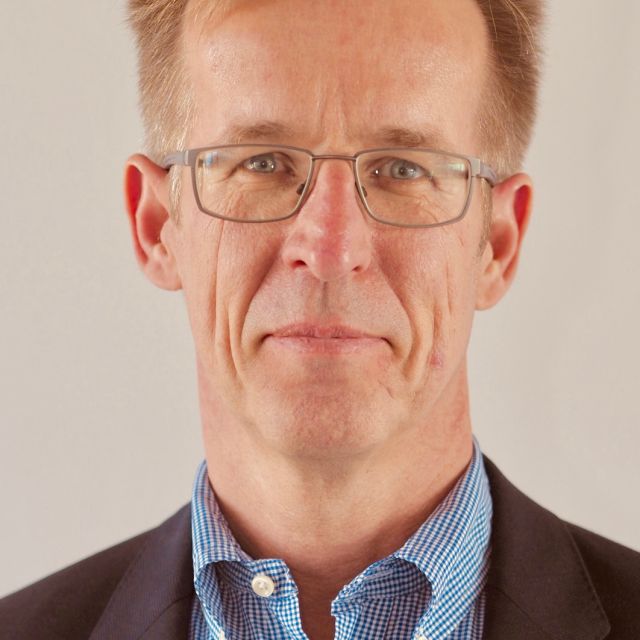
Matthias Homann
VP Post-Merger-Integration Go-To-Market at SAP SE
Working since 2018 at SAP I´ve gained experience in global roles in the areas of Sales Operations, Go-To-Market, Partner Programs, Partner Processes and Post-Merger-Integration. Especially my work in Post-Merger-Integration focussing on all Go-to-Market aspects from Strategy to Processes, gave me the privilege to work in more than 20 integrations spanning from small acquisitions to major ones and gaining extensive insights how to drive succesfull integrations and which pitfalls to avoid.
Prior to working at SAP I worked at Nexolab, a strategy consultancy belonging to the BMW Group and at Procter & Gamble.
I enjoy leading teams supporting them in a "servant leadership" approach, help to turn around difficult team-setups and re-setting up for success as well as managing projects, navigating through complex and challenging situations.
Beside my work as team-lead I work as mentor / coach i.e. supporting young talents and startups in the Cloud / SaaS domain, who seek Go-to-Market advice in general or from a corporate point of view or who seek general coach/mentoring support for leadership, career topics.
My Mentoring Topics
Sales Operations
Post-Merger-Integrations
Leadership
Career
Conflict Management
Corporate Culture